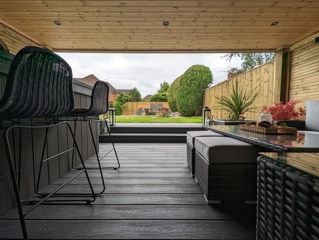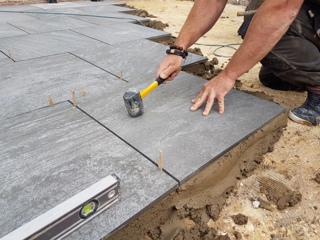Everything You Need To Know About Sealing Sandstone Paving
Sandstone is a sedimentary rock that is commonly used as a building material for both interior and exterior surfaces. However, sandstone is a porous material and if not sealed properly, it can absorb moisture, dirt, and other substances that can lead to staining and deterioration of the surface.
Sealing sandstone paving is an important step to protect its surface and maintain its natural beauty.
In this article, we will discuss everything you need to know about sealing sandstone.
Why seal Sandstone?
As mentioned earlier, sandstone is a porous material and can easily absorb moisture, dirt, and other substances. This can lead to staining, discoloration, and deterioration of the surface. Sealing sandstone helps to prevent these issues by creating a barrier that repels water, oil, and other substances. It also helps to protect the surface from UV rays and other environmental factors that can cause damage.
Types of sealers for Sandstone
There are two main types of sealers that can be used to seal sandstone paving: penetrating sealers and surface sealers.
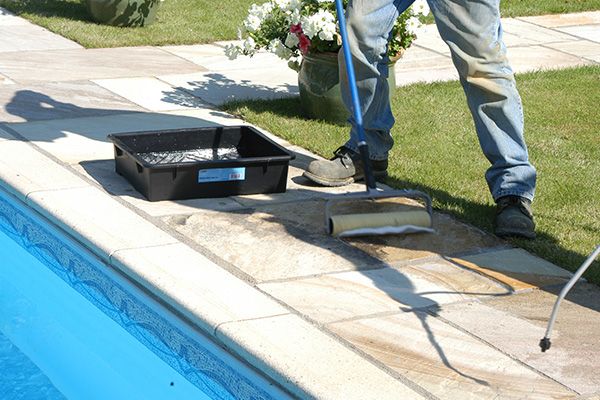
Penetrating Sealers
These sealers are designed to penetrate the pores of the sandstone and provide long-lasting protection.
They are made up of tiny particles that bond with the surface of the stone to create a barrier that repels water, oil, and other substances.
Penetrating sealers do not change the appearance of the sandstone and are suitable for both interior and exterior surfaces.
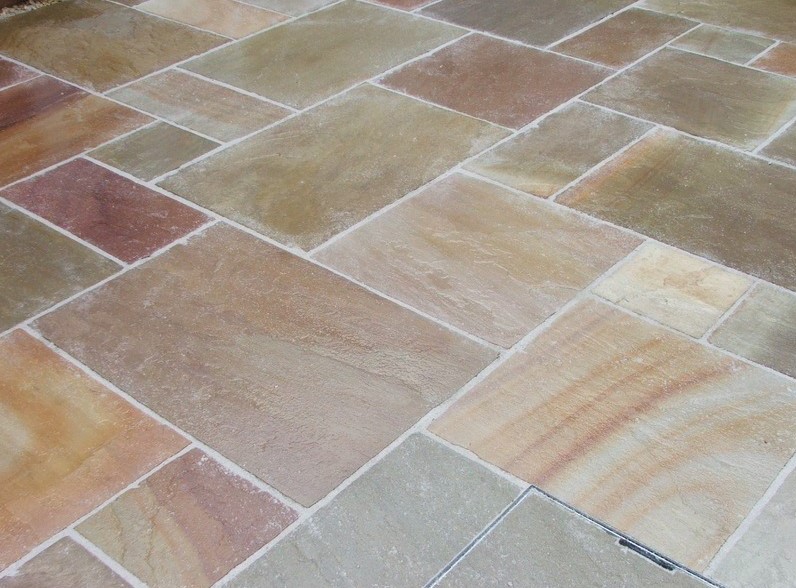
Surface Sealers
These sealers are designed to create a protective layer on the surface of the sandstone.
They are made up of a film-forming substance that sits on top of the stone and repels water, oil, and other substances.
Surface sealers can change the appearance of the sandstone, making it look glossy or matte.
They are suitable for interior surfaces only.
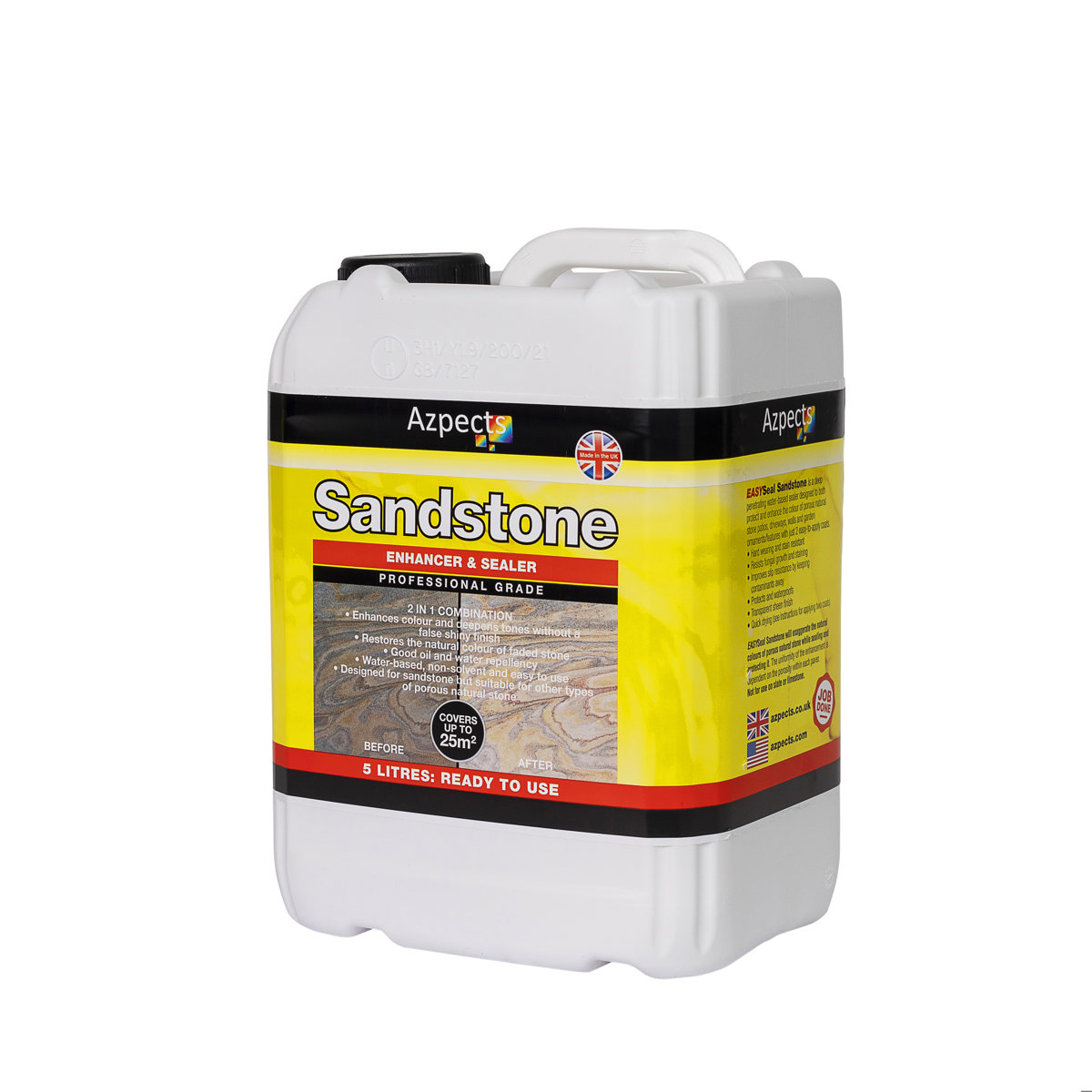
When to seal Sandstone?
Before sealing your sandstone paving, it is important to make sure that it is completely dry and clean. The amount of time required for the sandstone to dry depends on a number of factors, such as the type of sandstone, the weather conditions, and the location of the stone.
In general, it is recommended to wait at least 24-48 hours after cleaning the sandstone before applying a sealer. This allows the stone to dry thoroughly and ensures that there is no moisture trapped within the stone.
If you live in a humid climate or the sandstone is located in a damp area, it may take longer for the stone to dry. In such cases, it is best to wait until the stone is completely dry before applying a sealer.
It is important to note that sealing sandstone paving too soon after cleaning it can trap moisture within the stone, leading to discoloration and other types of damage. Therefore, it is important to wait until the stone is completely dry before applying a sealer.
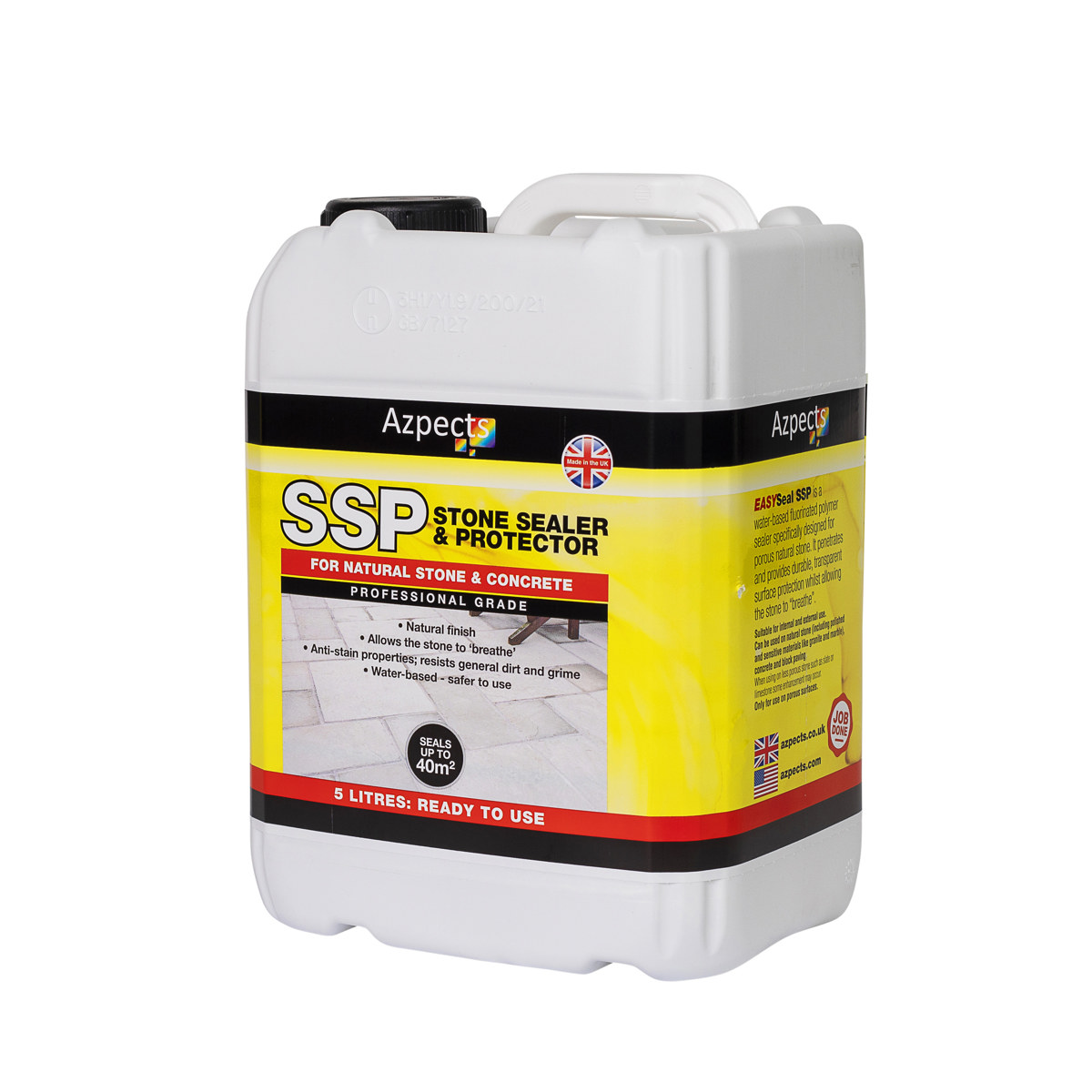
How to seal Sandstone
Before sealing sandstone, it is important to clean the surface thoroughly. Use a mild detergent and warm water to remove any dirt, grime, or other substances that may be present. Rinse the surface with clean water and allow it to dry completely before applying the sealer.
To apply the sealer, follow these steps:
- Shake the sealer well before use.
- Pour the sealer into a paint tray or other suitable container.
- Dip a paintbrush or roller into the sealer and apply a thin, even coat to the sandstone surface.
- Allow the sealer to dry according to the manufacturer's instructions.
- Apply a second coat if necessary.
-
Allow the sealer to dry completely before using the surface.
How often should Sandstone paving be sealed?
The frequency of sealing sandstone depends on several factors, including the type of sealer used, the amount of foot traffic the surface receives, and the environmental conditions in the area. In general, it is recommended to seal sandstone every 2-3 years for interior surfaces and every 1-2 years for exterior surfaces.
You can also find Azpects Sandstone sealers available in all of our branches where a member of the team will be happy to help with any more questions you might have.
Share :
Featured products
Azpects EASYSeal Sandstone Sealer and Enhancer, 5L
(SKU: 109859)





